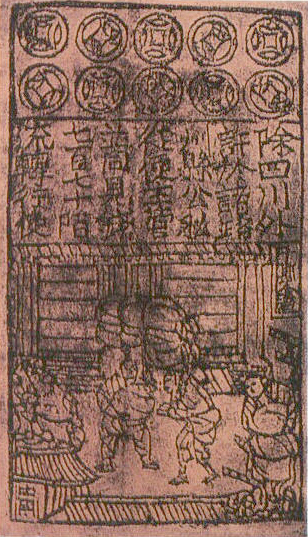I am so glad that my group got randomly assigned to present on propaganda this week. I researched the Smith-Mundt Act and I feel so much more knowledgeable on the United States and their propaganda schemes. I will be totally honest, I was a little shocked and disappointed to learn that the United States takes place in propaganda, but I guess every country does it now. Today's blog post will be a special one all about the Smith-Mundt Act.

The Smith-Mundt Act was passed in 1948 and the official name for it was the U.S. Information and Educational Exchange Act. This was first introduced by Congressman Karl E. Mundt and it was signed into law by President Harry S. Truman. By passing this law, the U.S. Department of State had the basic legislative authorization for propaganda activities. What does that mean? It means that the U.S. Department of State could now communicate to audiences outside of the United States through broadcasting, face-to-face contacts, exchanges, books, movies, magazines, and other media. Congress funded these activities through
appropriations. When this act was passed in 1948, it should've scared anyone outside of the United States. Essentially the U.S. passed a law stating that the U.S. State Department could lie to anyone outside of its borders. Scary stuff.
Because of this act, the State Department could create an information service to disseminate abroad information about the United States and its people. This includes the President, Congress and all other government officials having something to do with matters affecting foreign affairs. The key to remember about this act is that it only allowed distribution of these materials outside of the U.S. This ensured that United States citizens would be immune to the propaganda of their own country.
After this law was passed,
Voice of America (VOA) was founded in 1942. This was a government-funded news service that showed its broadcasts of pro-American news stories around the world. The VOA was part of the
United States Office of War Information (OWI), which was a controversial organization created for the distribution of wartime information. The OWI conducted psychological warfare overseas, using radio and print publications to demoralize the enemy. They also collaborated with Hollywood to develop propaganda films. These films were pro-American and really helped to boost support for war.
Example of a pro-American propaganda film by Hollywood
The Smith-Mundt Act was pretty much the same until 2013 when President Obama made some major changes to it. He signed legislation that made it possible for some materials created by the U.S. Agency for Global Media, the nation's foreign broadcasting agency, to be disseminated in the U.S. This change eased restrictions for Americans to access government-funded media content upon request that was made for foreign countries.
This modernization of the Act was very controversial amongst Americans. Half of the country
thought that President Obama had signed a law allowing propaganda to be actively pumped into the United States, which is simply not the case. Even under the new revisions, it is still against the law for government-funded media to create programming and market to U.S. audiences. All that Obama did was make the content accessible to Americans.
The Smith-Mundt law has a rich history and is still an active part of our lives today. It is important to be aware of it and know what exactly it is. Propaganda is not always recognizable so it is good to know if you have a chance to be exposed to it. The moral of this blog post is that you should always be careful about the information you consume, especially if it is from the government. This law only had to do with the U.S. State Department. That means that any other government department could be distributing propaganda. As United States citizens we still don't have access to the Pentagon's propaganda which is a haunting concept. Propaganda is a powerful tool and it is up to us citizens to be aware of it so it doesn't affect us.

